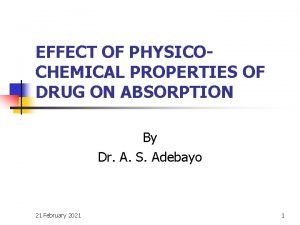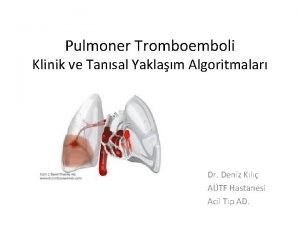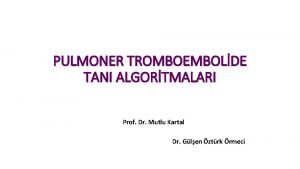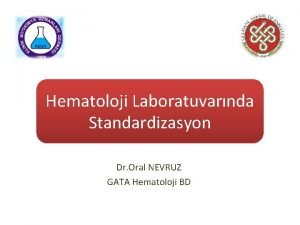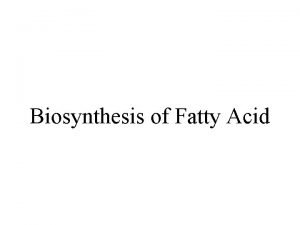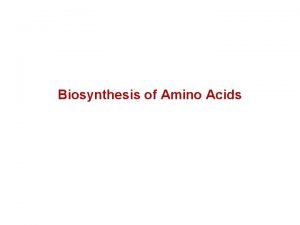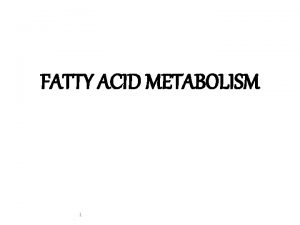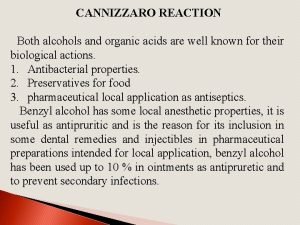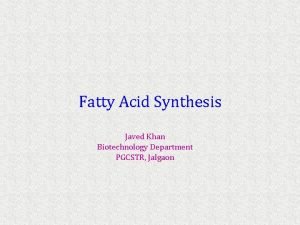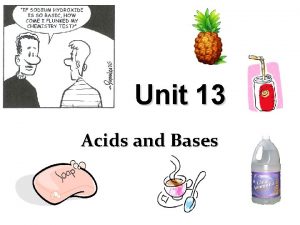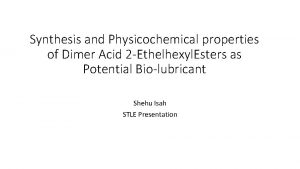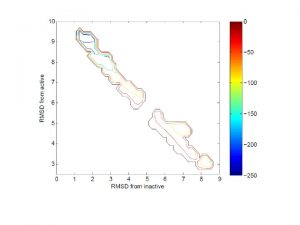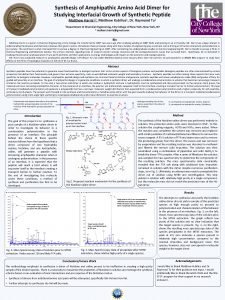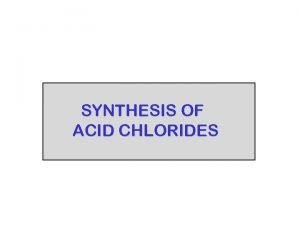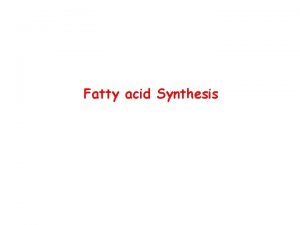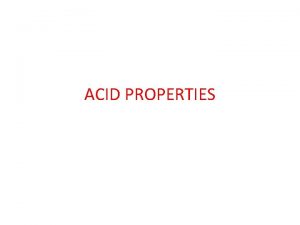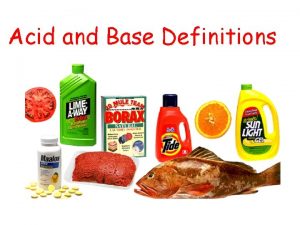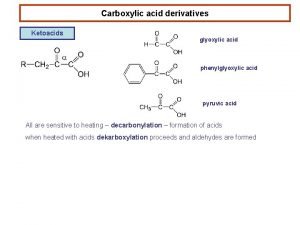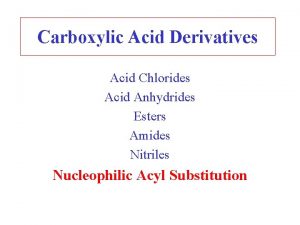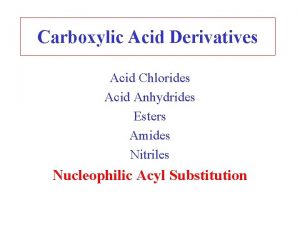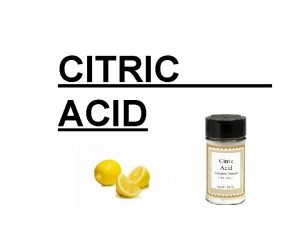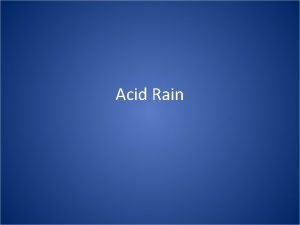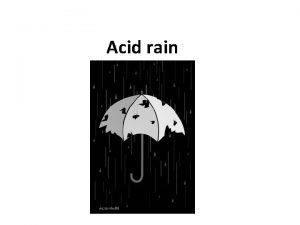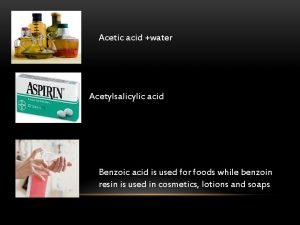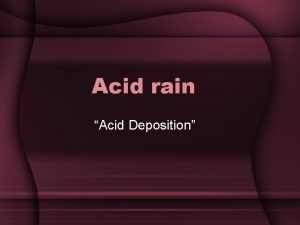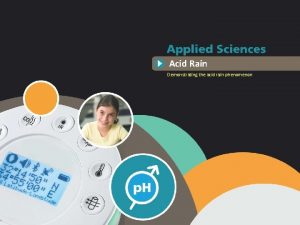Synthesis and Physicochemical properties of Dimer Acid 2






















- Slides: 22

Synthesis and Physicochemical properties of Dimer Acid 2 -Ethelhexyl. Esters as Potential Bio-lubricant Shehu Isah STLE Presentation

Outline • Introduction • Synthesis of Dimer Acid 2 -EH Ester • Characterization: NMR, MS-MS, FTIR • Physical Properties: Density, Viscosity and Kinematic viscosity • Blending and Cold flow properties • Conclusion • Acknowledgement

Introduction • Derived from C 36 -Dimer acid, which were in turn a polymerized product of Oleic acid • Typically dicarboxylic acids from thermal polymerization of fatty acids • Commercially available from lower end as Azelaic acid (C 9), Sebacic (C 10), Undecanoic acid (C 11) and C 18 unsaturated fatty acids C 36 dimer acid

Applications of Dimer acids/esters synthesis and production of polyamide, Introduction lubricants hydraulic fluid, transmission oils and greases, surface acting agent, corrosion inhibitors, polyurethane resins or cold flow improver (CFI) additives (Yasi et al. , 2017).

Synthesis of Dimer Acid 2 -EH Ester Optimized Large-scale Batch Process • synthesized from concentrated sulfuric acid catalyzed esterification C 38 dimer acid at a ratio of 1: 20 excess alcohol • The mixture was heated to 120 OC for 72 h and neutralized with 1. 2 eq KOH in 90% ethanol /water • Excess 2 -ethylhexanol via molecular distillation (wiped film evaporation) • Yield: 97 %

Synthesis of Dimer Acid 2 -EH Ester Molecular Distillation • Evaporator Temp: 105 OC • Feed funnel Temp: 60 OC • Condenser Tender: 25 OC • Vacuum: 0. 937 mm. Hg • Drop Rate: 20 drops/min.

Synthesis of Dimer Acid 2 -EH Ester Application of Dean Stark Apparatus/Toluene • • • Dimer acid : 2 -Ethyl hexanol (1: 2. 2 mol ratio) Toluene (solvent) H 2 SO 4 (30% mole ratio of dimer acid) Reflux under Nitrogen atm @ 140 OC for 48 h Extracted with ethyl acetate Yield 96. 7 %

Synthesis of Dimer Acid 2 EH Ester Use of enclosed vial reactor without solvent • • • vial bottle lined with a teflon-lined capping Dimer acid : 2 -Ethyl hexanol (1: 20 mol ratio) H 2 SO 4 (30% mole ratio of dimer acid) Flush with Nitrogen @ 120 OC for 48 h Extracted with ethyl acetate Yield 97 %

Characterization 13 C NMR • Structural identification and • Monitor rate of conversion

MS-MS • Determination of molecular mass: m/z = 783. 7 g mol-1 Characterization

Characterization MS-MS: Fragmentaion

FTIR Characterization

Physical properties Solubilities in Base Oils • Excellent solubility in both base oils: HOSu. O and PAO-6

Physical Properties Total acid number • Total acid number decreased from ~ 180 to ~ 5 upon esterification • % FFA was approximately 3 % upon esterification Dimer acid ET ester Microscale using Dean stark trap 184 5. 55 (2. 8) % FFA Large scale batch 1 180 7. 08 (3. 57) %FFA Large scale Batch 2 183 6. 09 (3. 55) % FFA

Fatty Acid Physical properties iso-Oleic Batch-1 Batch-2 0. 8818 ± 0. 0001 0. 8777 ± 0. 0001 0. 9102 ± 0. 0002 0. 9128 ± 0. 0001 0. 8410 ± 0. 0001 0. 8368 ± 0. 0000 0. 8717 ± 0. 0001 0. 8739 ± 0. 0000 28. 01 ± 0. 10 19. 61 ± 0. 01 161. 79 ± 0. 10 148. 50 ± 0. 14 5. 82 ± 0. 03 4. 91 ± 0. 01 19. 10 ± 0. 02 17. 66 ± 0. 01 24. 70 ± 0. 08 17. 21 ± 0. 01 147. 26 ± 0. 07 135. 56 ± 0. 14 4. 89 ± 0. 03 4. 11 ± 0. 01 16. 65 ± 0. 01 15. 44 ± 0. 01 158 ± 1 189± 0 134± 0 131. ± 0 density, g/m. L 40 °C 100 °C • Relative to oleic acid, dimer 2 -EH esters displayed: • Higher density (Batch-1 > Batch-2) • 3 - to 8 -fold higher kinematic viscosity (Batch-1 > Batch-2) • Lower VI, which was comparable to PAO-6 ~ 137 (Batch-1 > Batch-2) Dimer Ester k. Vis, mm 2/s 40 °C 100 °C d. Vis, m. Pa-s 40 °C 100 °C VI

Physical properties Neat PAO-6 has poor viscosity and VI properties Blends with 0 -10 % w/w dimer 2 -EH esters were investigated: • Higher density that increased with increasing [2 -EH ester] Density (g/cm 3) of Dimer Ester blends in PAO-6 16

Physical properties Neat PAO-6 has poor viscosity and VI properties Blends with 0 -10 % w/w dimer 2 -EH esters were investigated: • Slight increase or no change in Kvis with increasing [2 -EH ester] 17

Physical properties Neat PAO-6 has poor viscosity and VI properties Blends with 0 -10 % w/w dimer 2 -EH esters were investigated: • Slight increase or no change in VI with increasing [2 -EH ester] 18

Cold Flow properties • Neat HOSu. O has poor cold flow • Blends with 0 -10 % w/w dimer esters investigated • Lower pour point that was independent of [2 EH ester] • Slight reduction in cloud point that decreased with increasing [2 -EH ester] Pour Point and Cloud Point of Dimer Ester-2 blends in HOSu. O

Physical properties: Oxidation Stability PDSC onset (OT) and peak (PT) oxidation temperatures of Dimer Ester-1 blends in HOSu. O (°C) • Slight reduction in oxidation OT and PT that was independent of [2 -EH ester

Findings Good solubility profiles in commercial base oils: > 20 % (w/w) Physical Properties Kinematic viscosity and viscosity index compared favorably well with commercial base oil (PAO-6): 134 v 137 Improved CP, PP, density and kinematic viscosity upon blending with commercial base stock Potential for bio lubricant formulation or Candidate for CFI additive

Conclusion • Dimer acid 2 -EH esters were synthesized from sulfuric acid catalyzed esterification of C 36 dimer acid with 2 -ethylhexanol • Reaction parameters optimized for scale up production of two batches of dimer esters obtained from two set of dimer acids catalyzed by different zeolite catalysts. • Reaction progress and conversion were monitored 13 C NMR spectroscopy. • Dimer acid 2 -EH esters compared favorably well with commercial base oil (PAO-6) as potential candidate for base stock formulation. • Blends of dimer acid 2 EH ester with HOSu. O base stock showed improvement in cloud point and pour point as potential cold flow property improver (CFI) additive. • The OT and PT oxidative temperatures were slightly lower than the HOSu. O base stocks.
 Physicochemical properties of drugs
Physicochemical properties of drugs Physicochemical properties of drug absorption
Physicochemical properties of drug absorption Primer dimer size
Primer dimer size Dimer san raffaele telefono
Dimer san raffaele telefono Readaptação funcional clt
Readaptação funcional clt High d dimer
High d dimer Dna mismatch
Dna mismatch Cyclobutane thymine dimer
Cyclobutane thymine dimer D dimer test
D dimer test D-dimer kantitatif
D-dimer kantitatif Modifiye wells skoru
Modifiye wells skoru Gata hematoloji
Gata hematoloji Fatty acid synthesis
Fatty acid synthesis Fatty acid synthesis
Fatty acid synthesis Pyruvate amino acid synthesis
Pyruvate amino acid synthesis Fatty acid synthesis steps
Fatty acid synthesis steps Beta-lactam-resistant pathogens
Beta-lactam-resistant pathogens Cannizzaro reaction
Cannizzaro reaction Beta oxidation of fatty acids
Beta oxidation of fatty acids Acid fast vs non acid fast
Acid fast vs non acid fast Differentiate between acid fast and non acid fast bacteria
Differentiate between acid fast and non acid fast bacteria Properties of acids
Properties of acids Properties of sulphuric acid
Properties of sulphuric acid

